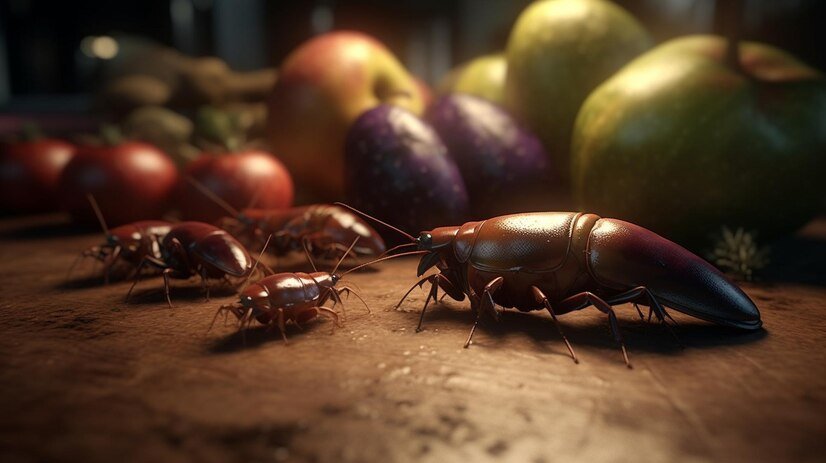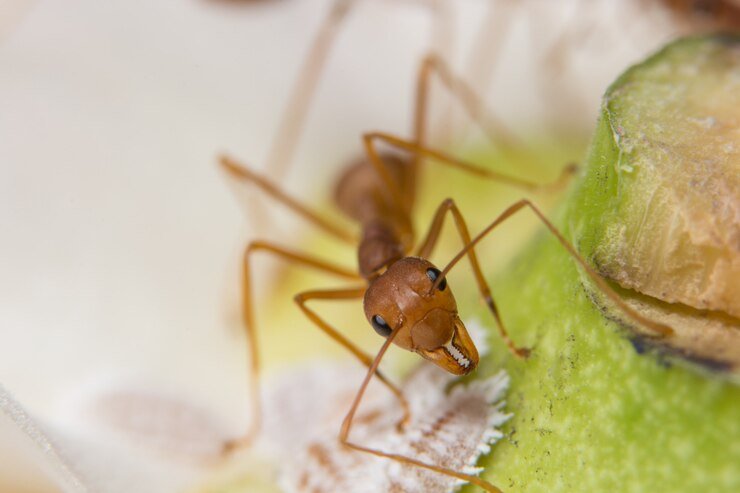Introduction
Crickets might be small, but their dietary needs are incredibly important for various reasons. Whether you’re a pet owner looking to provide the best nutrition for your chirping companions, an entomophagy enthusiast exploring alternative protein sources, or an educator teaching students about the fascinating world of insects, understanding what crickets eat is crucial. This blog post aims to demystify cricket diets, providing you with essential information and practical tips to ensure these tiny insects thrive in different settings.
What Do Crickets Eat in the Wild?
Natural Diet of Crickets
Crickets are omnivores, meaning they consume both plant and animal matter. In the wild, their diet is incredibly diverse and can include a wide range of food sources. This variety not only meets their nutritional needs but also helps them adapt to different environments.
Plants and Vegetation
One of the primary food sources for crickets in the wild is plants. They munch on leaves, stems, and even flowers, extracting vital nutrients that help them grow and reproduce. Grasses, weeds, and agricultural crops often fall victim to hungry crickets.
Fungi and Algae
Crickets also have a taste for fungi and algae. These organisms provide essential nutrients that are sometimes lacking in plant matter alone. By consuming fungi and algae, crickets can maintain a balanced diet that supports their overall health.
Meat and Decaying Matter
Surprisingly, crickets are not averse to eating meat. They often scavenge on dead insects or small animals, providing them with proteins and fats that are crucial for their development. This scavenging behavior also includes feeding on decaying plant matter, which further diversifies their nutrient intake.
Feeding Crickets as Pets
Commercial Cricket Feeds
If you have pet crickets, you want to ensure they receive a diet that mimics their natural food sources as closely as possible. Commercial cricket feeds are a convenient option, formulated to meet the nutritional needs of crickets. These feeds are readily available in pet stores and come in pellet or powder forms.
Fresh Vegetables and Fruits
In addition to commercial feeds, fresh vegetables and fruits are excellent additions to a pet cricket’s diet. Leafy greens like kale and spinach, as well as fruits like apples and oranges, provide essential vitamins and minerals. Just remember to wash them thoroughly to remove any pesticides or chemicals.

Proteins and Supplements
To ensure your pet crickets receive a balanced diet, consider adding protein sources and supplements. Small pieces of cooked meat or fish, as well as protein-rich insects like mealworms, can be beneficial. Additionally, calcium and vitamin supplements can help support their growth and development.
The Nutritional Value of Cricket Food
Essential Nutrients
A well-rounded diet is vital for the health of crickets. Essential nutrients include proteins for muscle development, carbohydrates for energy, and fats for overall health. Vitamins and minerals are also crucial, supporting various bodily functions and preventing deficiencies.
Health Benefits
Crickets that receive proper nutrition are healthier and more active. They have a stronger immune system, better reproductive success, and longer lifespans. For pet owners, this means happier and more engaging pets. For entomophagy enthusiasts, it means a more nutritious food source.
Balanced Diet
Achieving a balanced diet for crickets involves providing a variety of food sources. By offering a mix of commercial feeds, fresh produce, and protein supplements, you can ensure your crickets receive all the nutrients they need to thrive.
Crickets in Human Consumption
Entomophagy
Entomophagy, or the practice of eating insects, is gaining popularity as a sustainable and nutritious food source. Crickets are at the forefront of this movement, known for their high protein content and low environmental impact.
Nutritional Profile
Crickets are packed with nutrients, making them an excellent addition to the human diet. They are rich in protein, containing all essential amino acids. They also provide healthy fats, vitamins like B12, and minerals such as iron and calcium.
Culinary Uses
Crickets can be used in various culinary applications, from protein bars and snacks to cricket flour for baking. Their mild flavor makes them versatile, easily incorporating into different recipes without overpowering other ingredients.
Conclusion
Understanding what crickets eat is essential for anyone who interacts with these fascinating insects. Whether you’re a pet owner, entomophagy enthusiast, or educator, providing a balanced diet for crickets ensures they remain healthy and vibrant. By offering a mix of commercial feeds, fresh produce, and protein sources, you can support their nutritional needs and enjoy the many benefits they bring.


